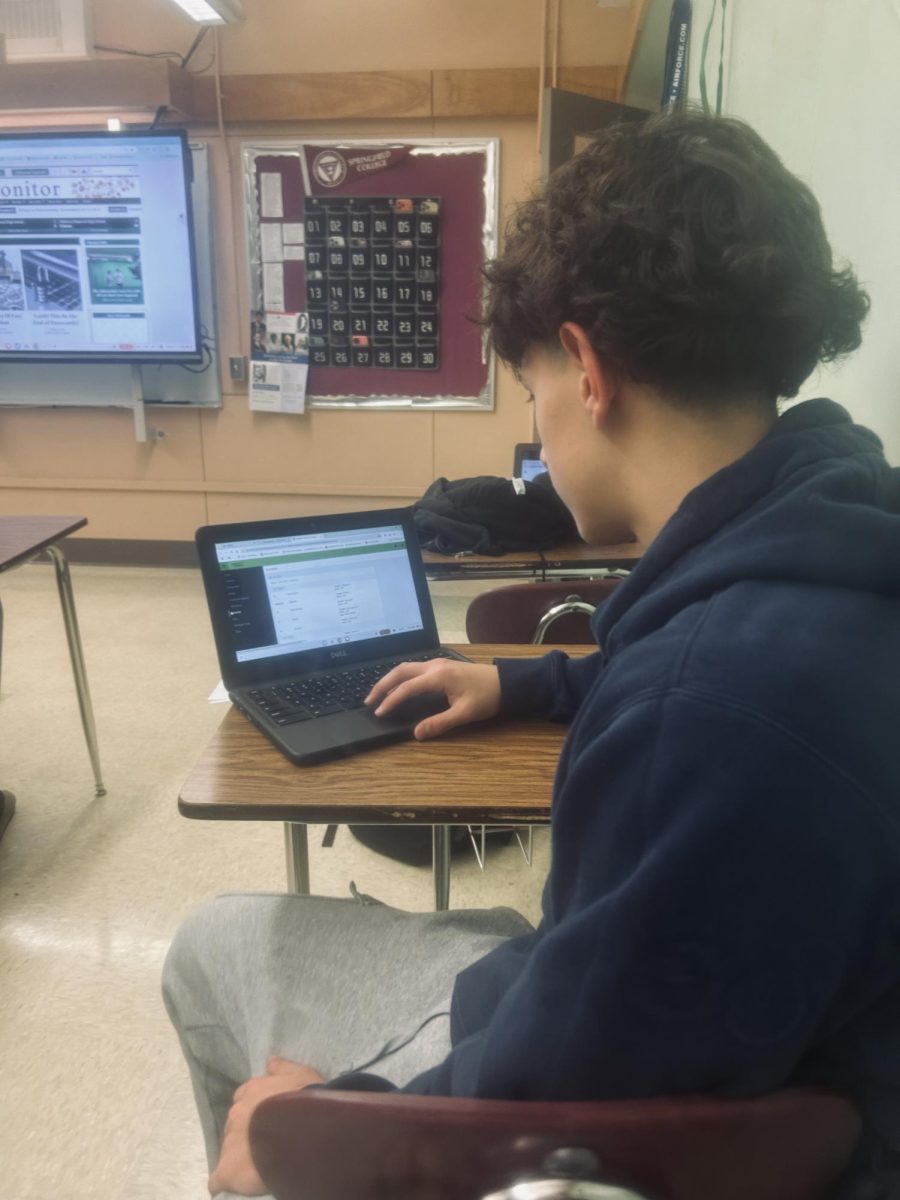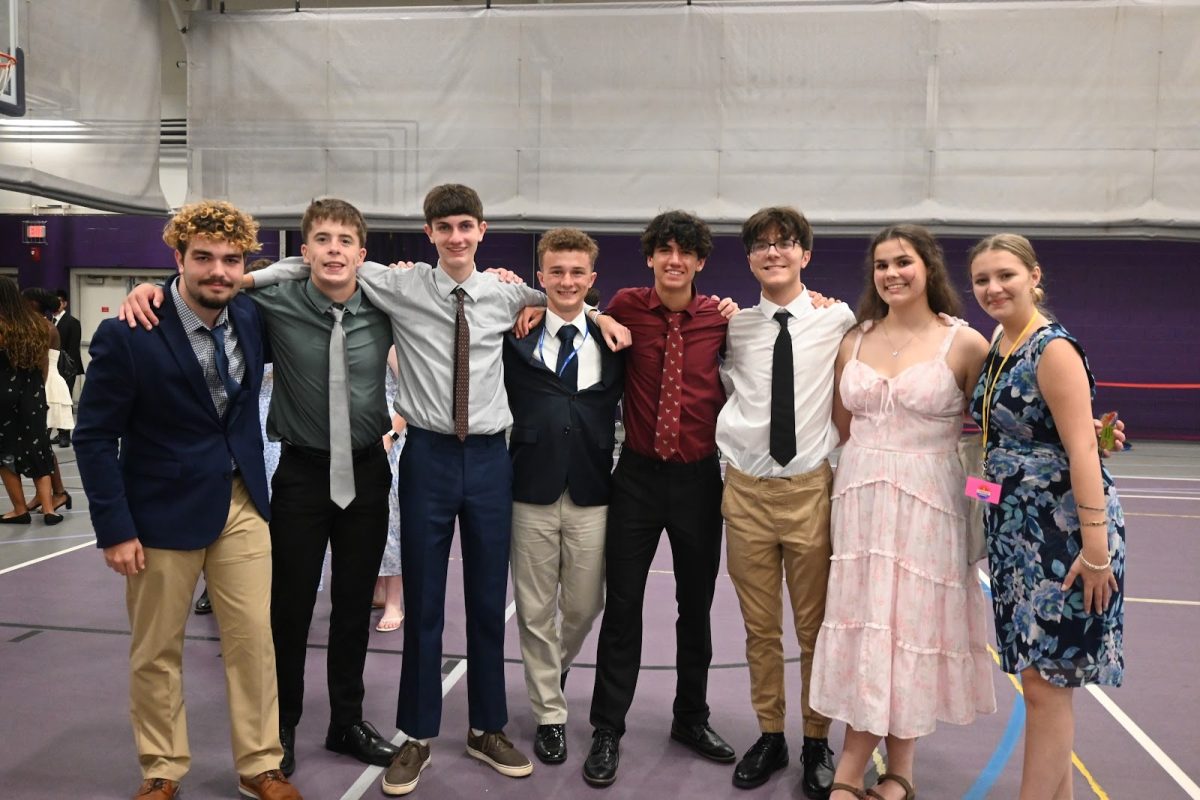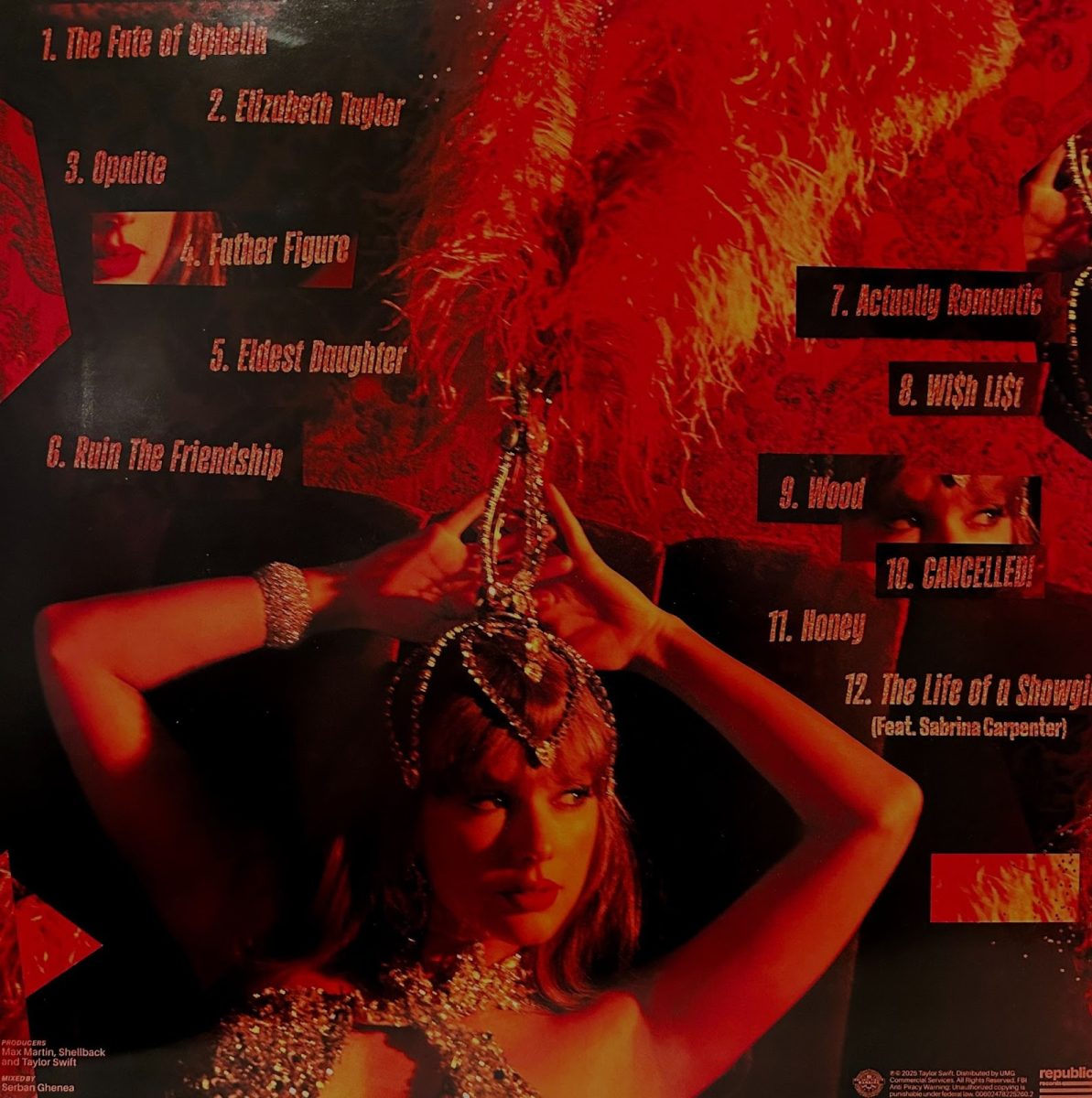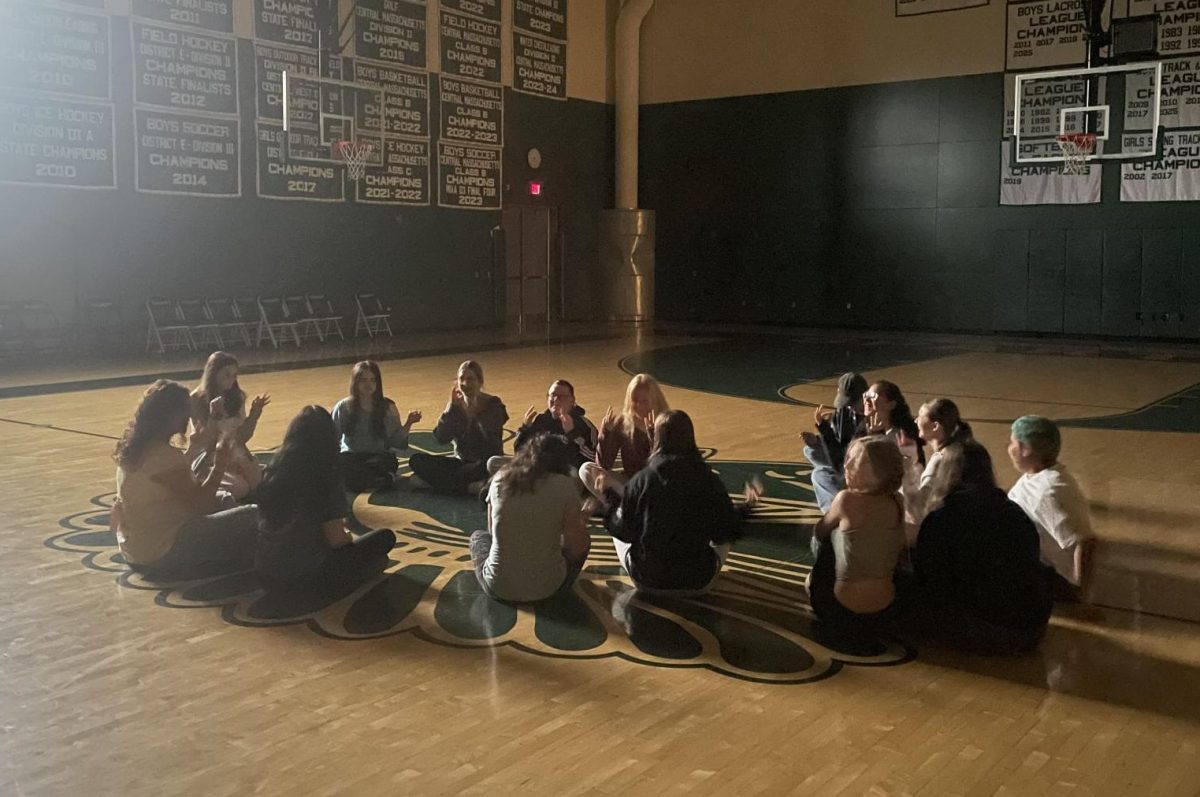
Since 1848, when the Women’s Suffrage movement began at the Seneca Falls Convention, women have been campaigning all across the globe for equal rights and opportunities. In honor of Women’s History Month, listed below are examples of prominent figures in the Women’s Rights Movement and what they did to further women’s equality around the world.
Malala Yousafzai
Malala Yousafzai was born on July 12, 1997 in Mingora, Pakistan, to parents Toor Pekai Yousafzai and Ziauddin Yousafzai. Her early years were spent with her father encouraging her education, which was at the all-girls school that her father ran in Swat Valley. She loved school, and her father supported her education every step of the way.
In 2008, the Taliban forbade any girls from going to school, including the one that Malala’s father ran. Less and less girls started showing up to school out of fear. One day, when Malala was riding home from school on the bus, the driver was suddenly stopped by a member of the Taliban.
Malala’s father at that point had still been advocating for women’s education. The man stepped on the bus and asked, “Who is Malala?” and shot Malala on the left side of the head. She was taken to Queen Elizabeth Hospital in Birmingham, England, where she survived and went on to address the United Nations on the subject of education for women and girls all across the globe. She and her father set up the Malala Fund, which is a website dedicated to helping and empowering women and girls across the globe to access education.
Susan B. Anthony
Susan B. Anthony was born on February 15, 1820 in Adams, Massachusetts to parents Lucy Read Anthony and Daniel Anthony. Susan was raised in a Quaker family, which valued equality for women and abolition. Much different from what most women received at the time, Susan received an extensive education at home and at a Quaker school in Philadelphia.
In 1826, her family moved to Battenville, New York, where she attended a district school, and later on she attended a school that her father ran. She eventually had a career as a teacher at Canajoharie Academy, and while she was teaching, she noticed the gender pay gap between her and her male colleagues. This, among other issues such as women right’s to vote, led her to participate in many women’s rights protests and demonstrations.
She met Elizabeth Cady Stanton, another prominent women’s rights figure at many of these demonstrations and meetings. Susan was denied the ability to give speeches at many locations, but gave speeches all over the country, particularly in New York. Though at the time it was illegal, Susan put a ballot into the voting box and was subsequently arrested. Even after her passing on March 13, 1906, she serves as an inspiration for women and girls all across the nation to this day.
Ruth Bader Ginsburg
Ruth Bader Ginsburg was born on March 15, 1933, in New York City, New York to parents Celia Bader and Nathan Bader. She excelled academically early in her life and was an editor of the student newspaper at James Madison High School. After High school, she attended and graduated from Cornell University in 1954 with a bachelor’s degree. She had high honors and met her future husband, Martin Ginsburg, at Cornell.
In the legal profession, she faced gender discrimination and was one of the only women in her Harvard Law School class. She was the only woman in the Harvard Law Review and eventually became an Associate Justice of the Supreme Court. She was the second woman to serve on the Supreme Court and served from 1993 to 2020. Her overcoming these adversities in a male-dominated profession was an incentive for women and girls across the country to do the same.
Sojourner Truth
Sojourner Truth, born Isabella Baumfree, was born around 1797 in Rifton, New York to parents Elizabeth Baumfree and James Baumfree. As a formerly enslaved woman, she dedicated her life to abolishing slavery, equal rights of African Americans, and the rights of women. Although women’s rights aren’t the only thing she was known for, she was and still is a massive inspiration to the women’s rights movement.
From 1797 to her passing on November 26, 1883, she advocated for equal rights for all people. On May 29, 1851 at the Women’s Rights Convention in Akron, Ohio, she gave her famous speech, “Ain’t I A Woman?” She met with President Lincoln and spoke about the rights of formerly enslaved people, as well as helping formerly enslaved people become self-sufficient.
Dr. Elizabeth Blackwell (M.D.)
Elizabeth Blackwell was born on February 2, 1821, in Bristol, United Kingdom, to parents Hannah Lane Blackwell and Samuel Blackwell. Her parents were well-known equal rights activists and her siblings – she was the third of nine children – were also known for their support of women’s suffrage.
Her brother Henry Blackwell was known for his support of women’s suffrage and married a women’s rights activist named Lucy Stone. Her sister, Emily Blackwell, followed in her older sister’s footsteps by becoming a doctor. After her father died, she and her family all went into the field of teaching, which was a predominantly female job at the time.
Elizabeth decided to take up medicine as a profession when her female friend was dying. Her friend said that her situation would have ended better had there been a female doctor. At the time, there were no places that would accept women to become licensed physicians, although some would allow women to be apprentices and unlicensed physicians. She applied to college after college after college until one finally accepted her.
She received an acceptance letter from Geneva College in New York, although it was meant to be a practical joke, seeing as they didn’t actually expect her to show up. Upon her arrival, she faced heavy discrimination and prejudice; people and professors ostracized her, often excluding her from academic activities and saying she was “bad” for not sticking to gender roles.
In spite of all of said adversity, she graduated first in her class and eventually went on to open a medical college in New York City, inviting her sister to be in charge there. Elizabeth Blackwell did many amazing things throughout her life, including training union nurses during the Civil War. Her contributions to the medical field for women were astounding and still have an impact on many.
Mabel Ping-Hua Lee
Mabel Ping-Hua Lee was born on October 7, 1897, in Guangzhou, China to parents Lee Lai Beck and Dr. Lee Rowe. She was mostly raised by her mother and grandmother. When she was nine years old, she obtained the Boxer Indemnity scholarship that allowed her to relocate to the United States. In 1905, she and her family moved to the United States where she continued her education at Erasmus Hall Academy in Brooklyn, New York. By the time she was sixteen, she became involved in women’s rights activism and helped lead a march that over ten thousand people attended in Greenwich Village, New York.
Over her entire academic career, she earned a PhD in economics from Columbia University, a Master of Arts (MA) in Educational Administration from Teachers College, also at Columbia University, and a Bachelor of Arts (BA) from Barnard College. Around this time period, the nineteenth amendment was passed on June 4, 1919, and ratified on or around August 18-26, 1920. It is unknown if Mable Ping-Hua Lee ever obtained United States citizenship or exercised her right to vote, but her activism and efforts gave other women the right to do so.















